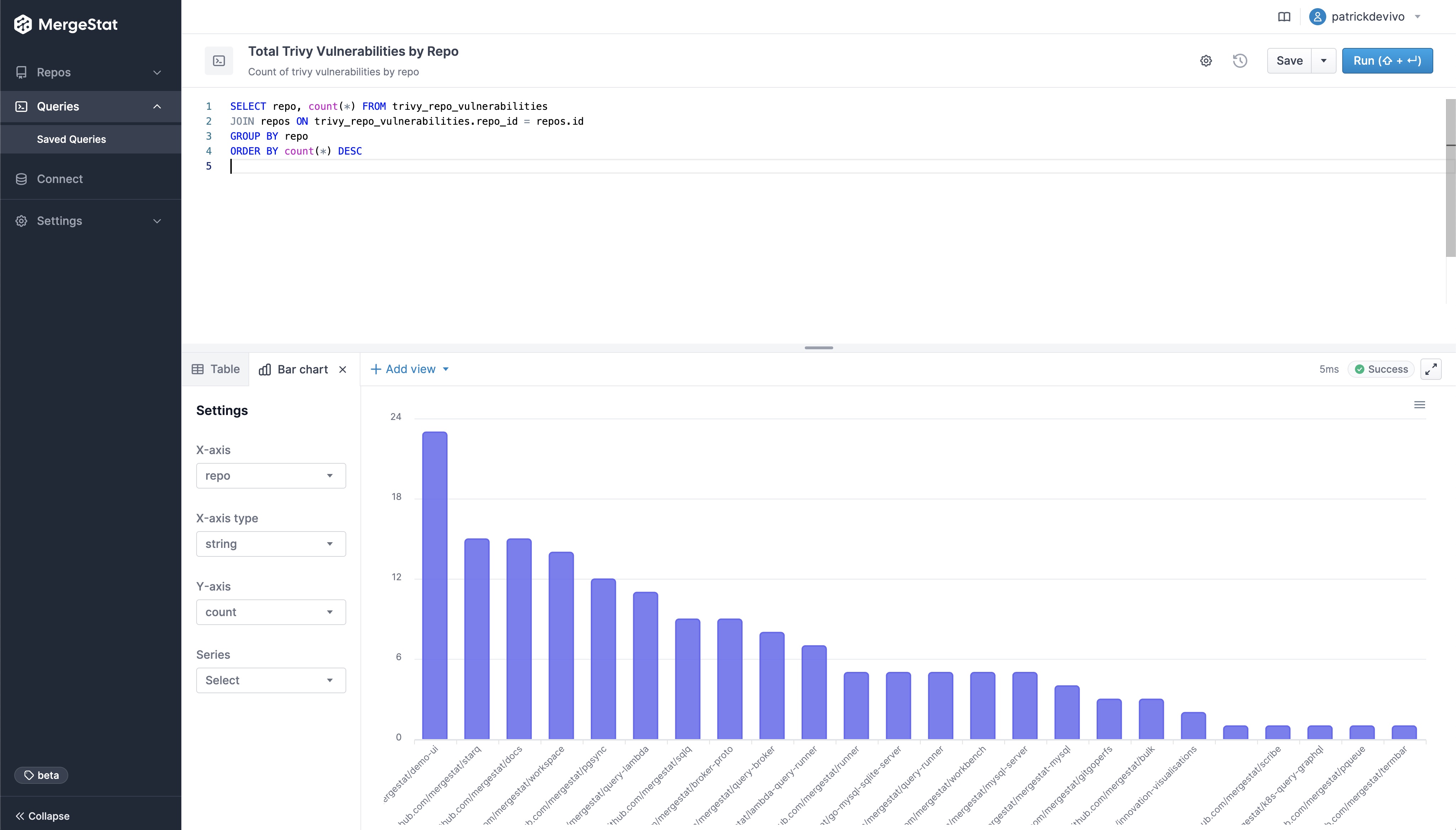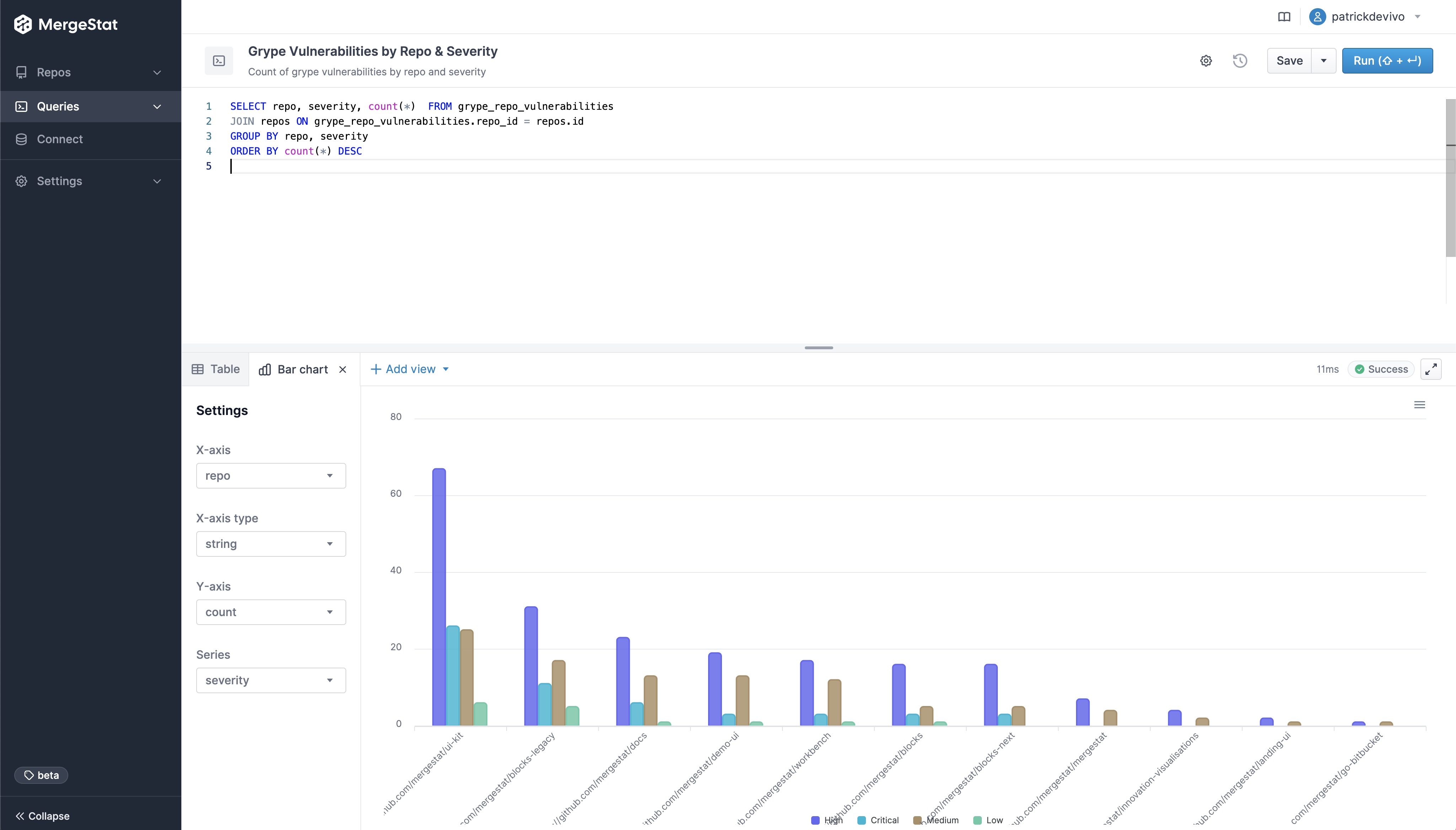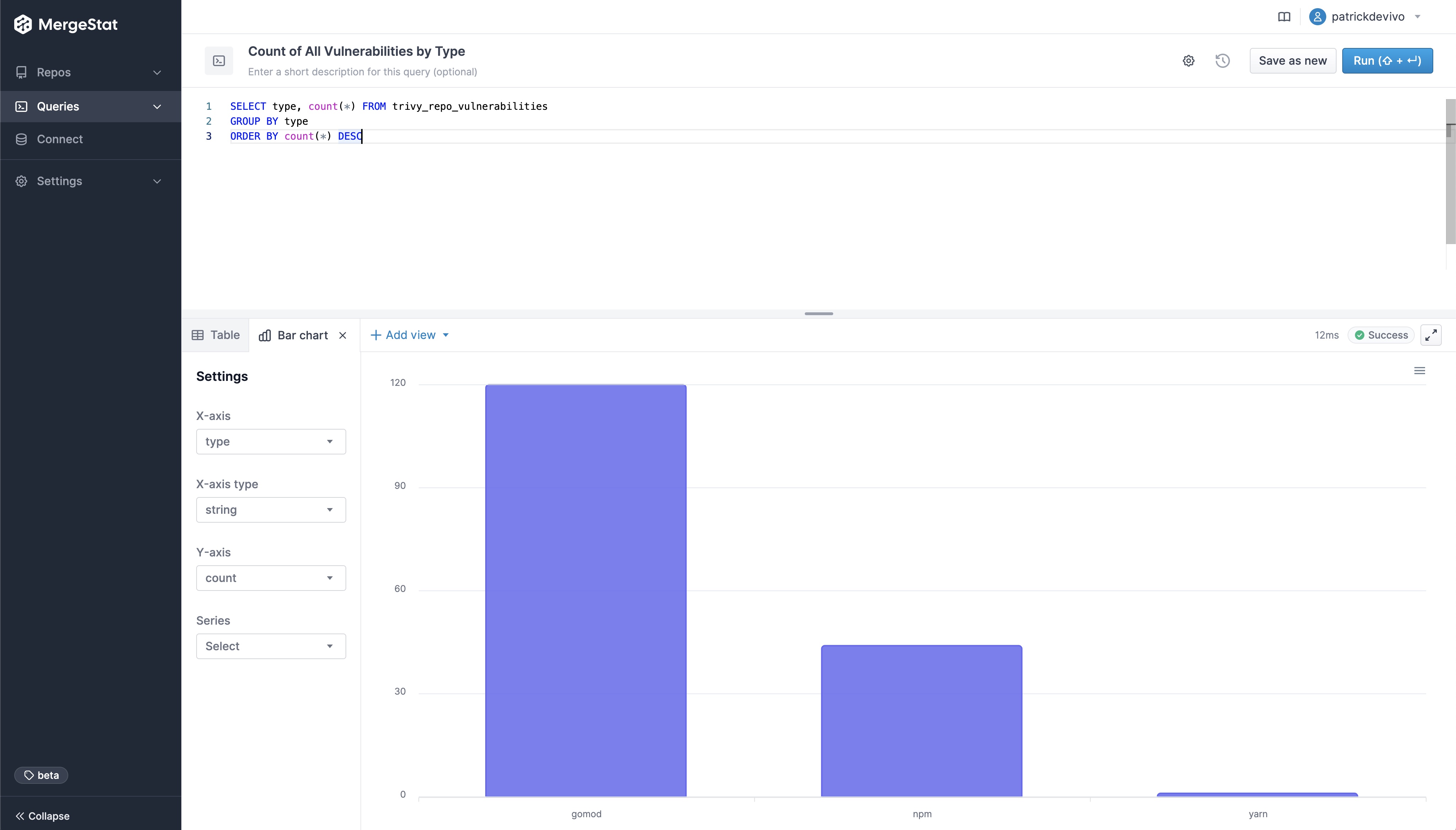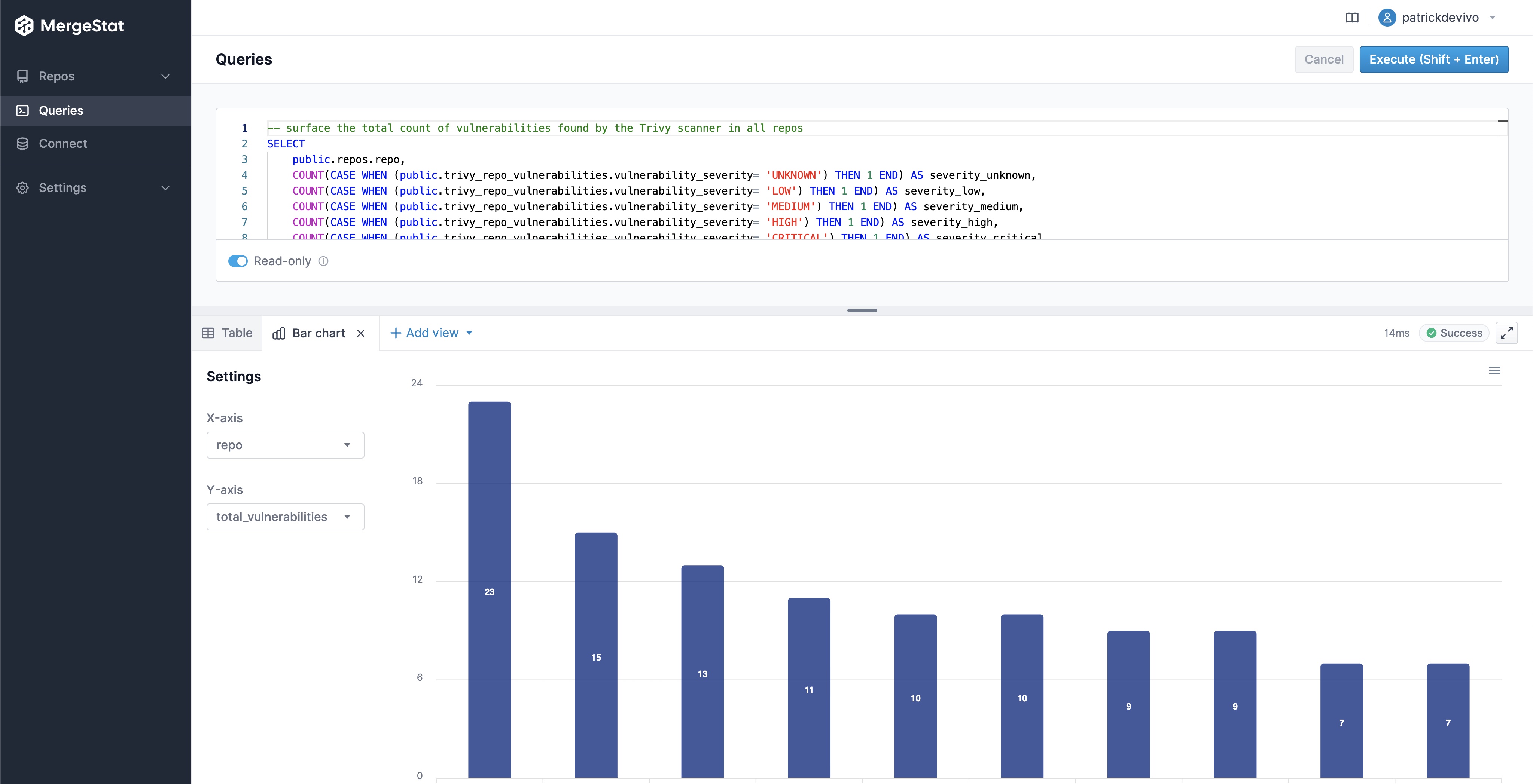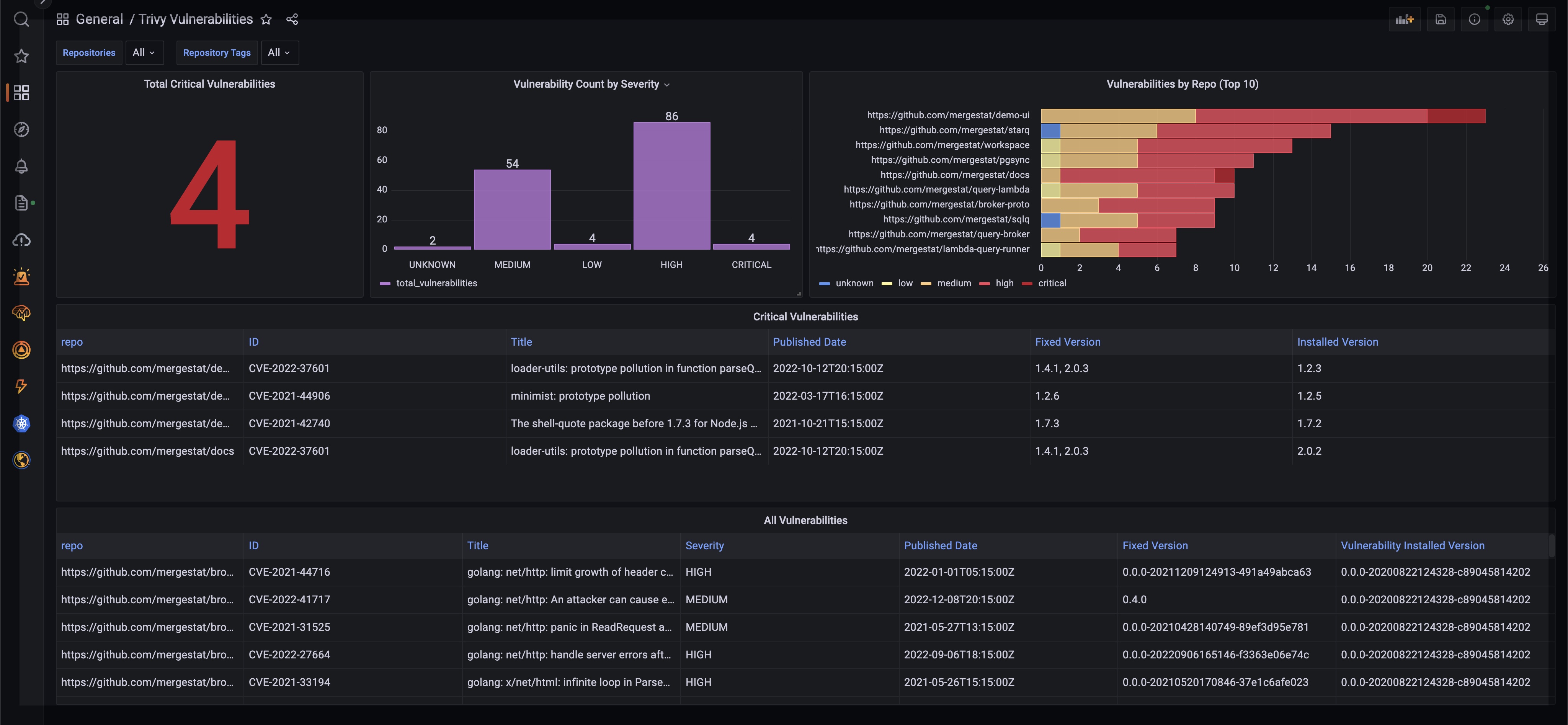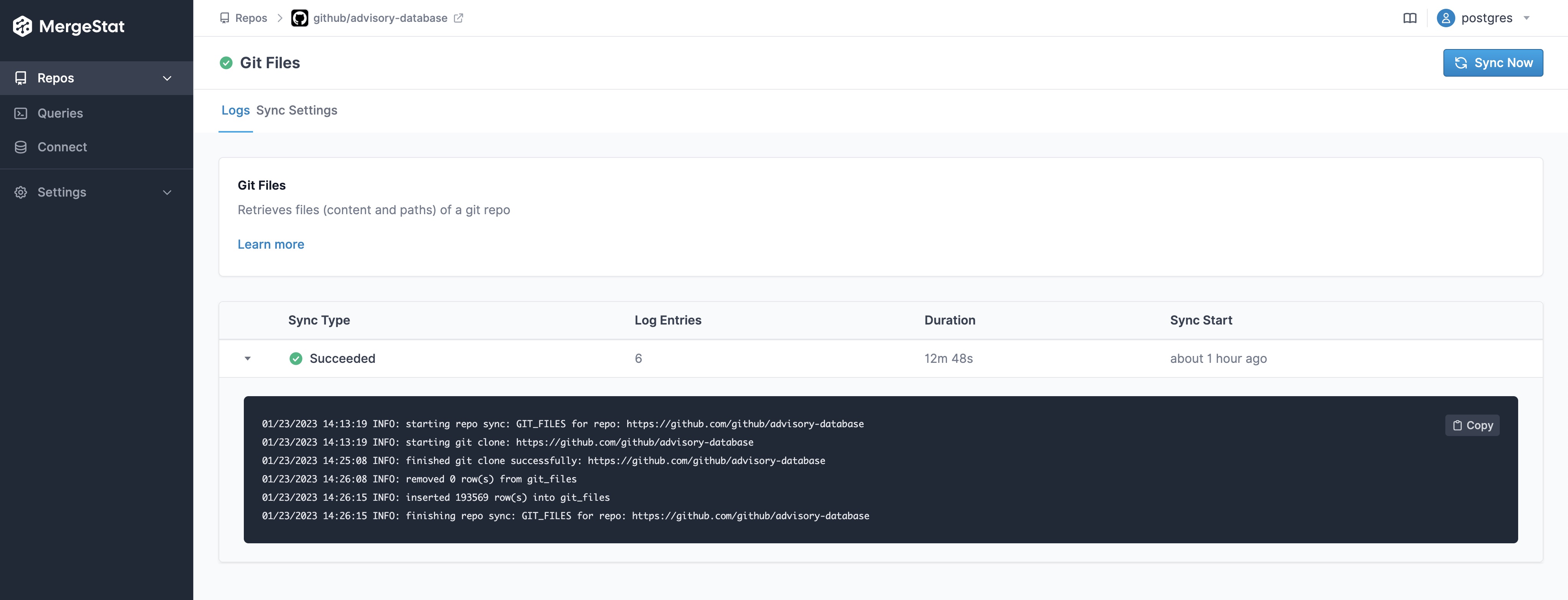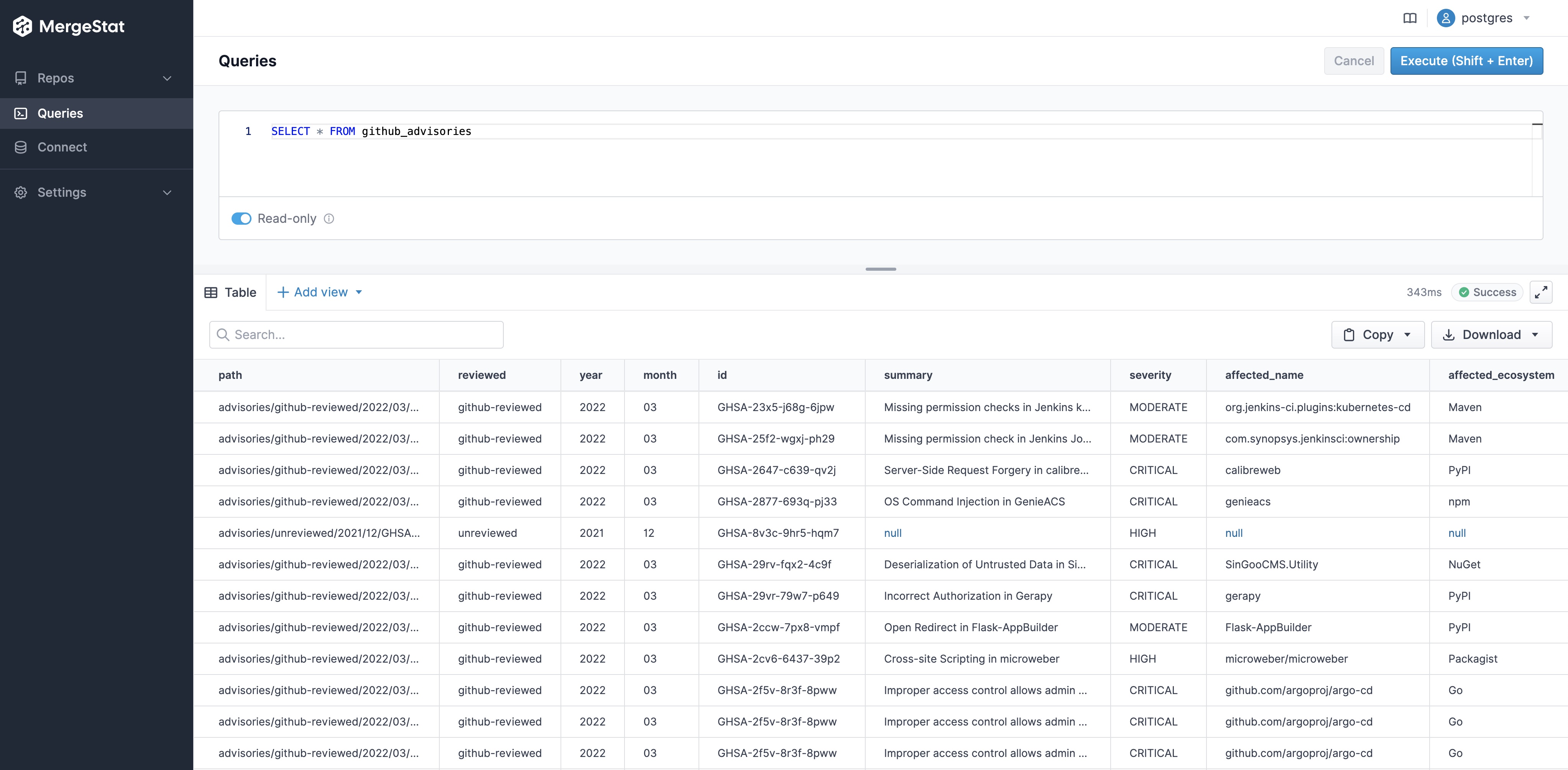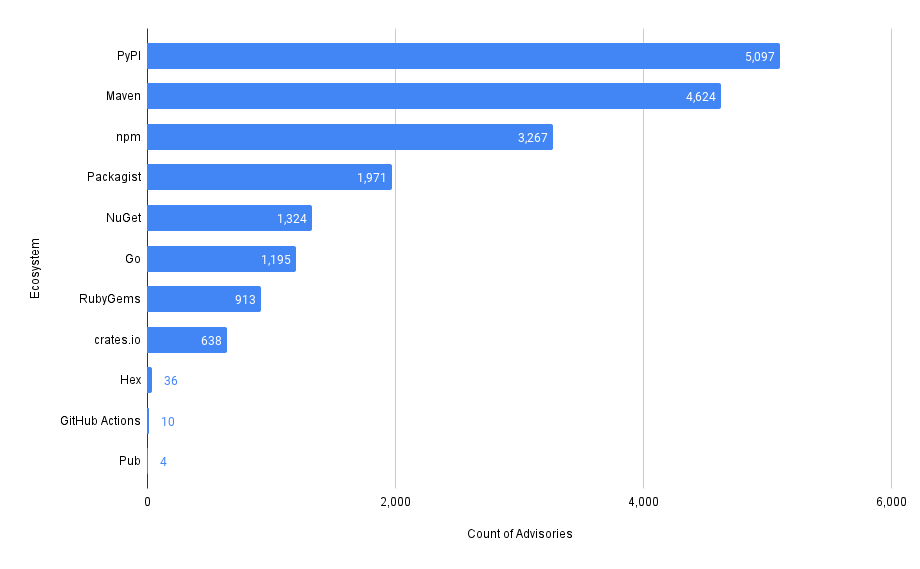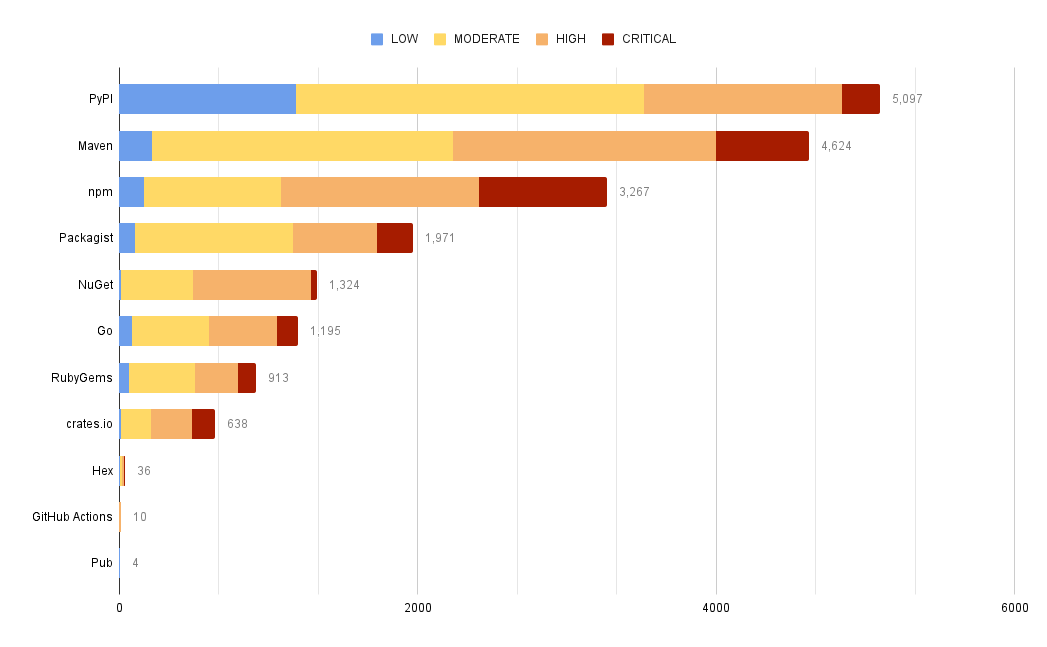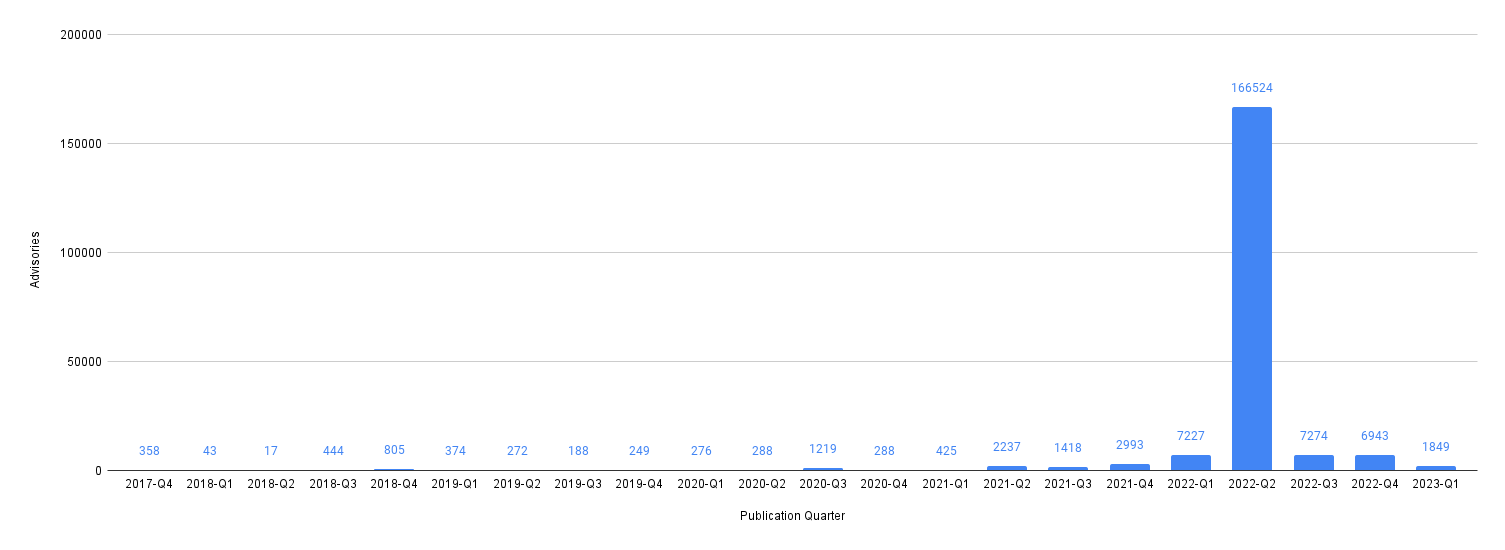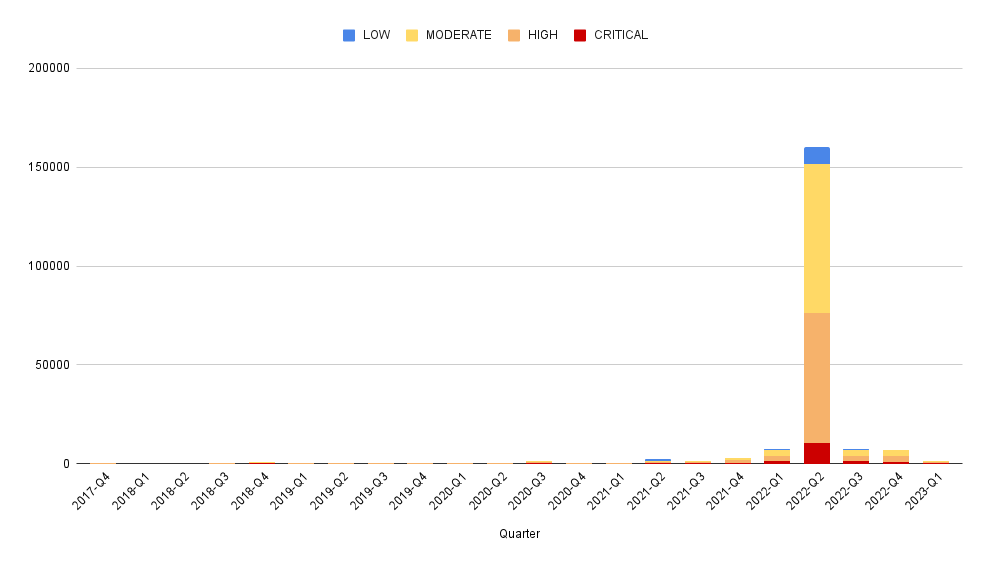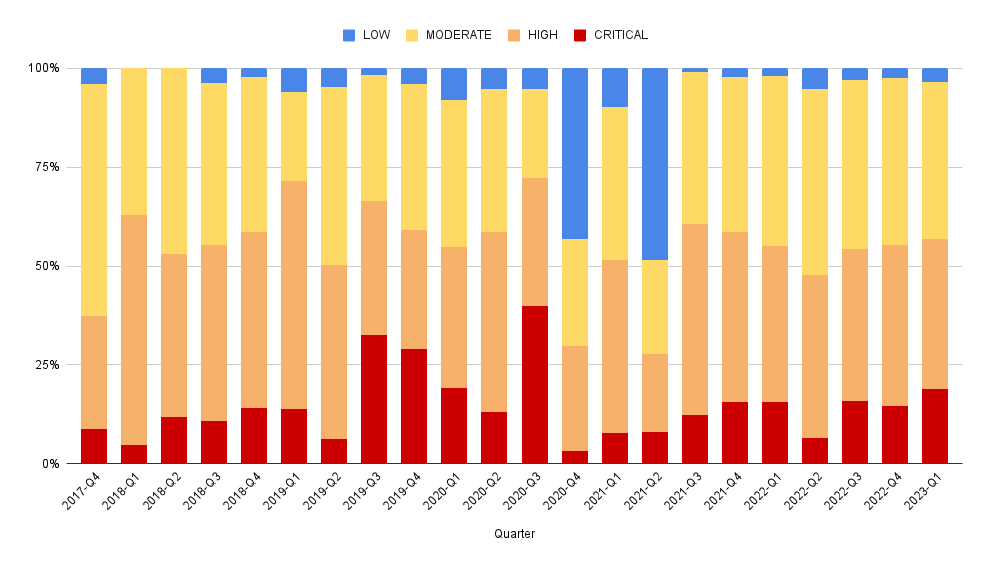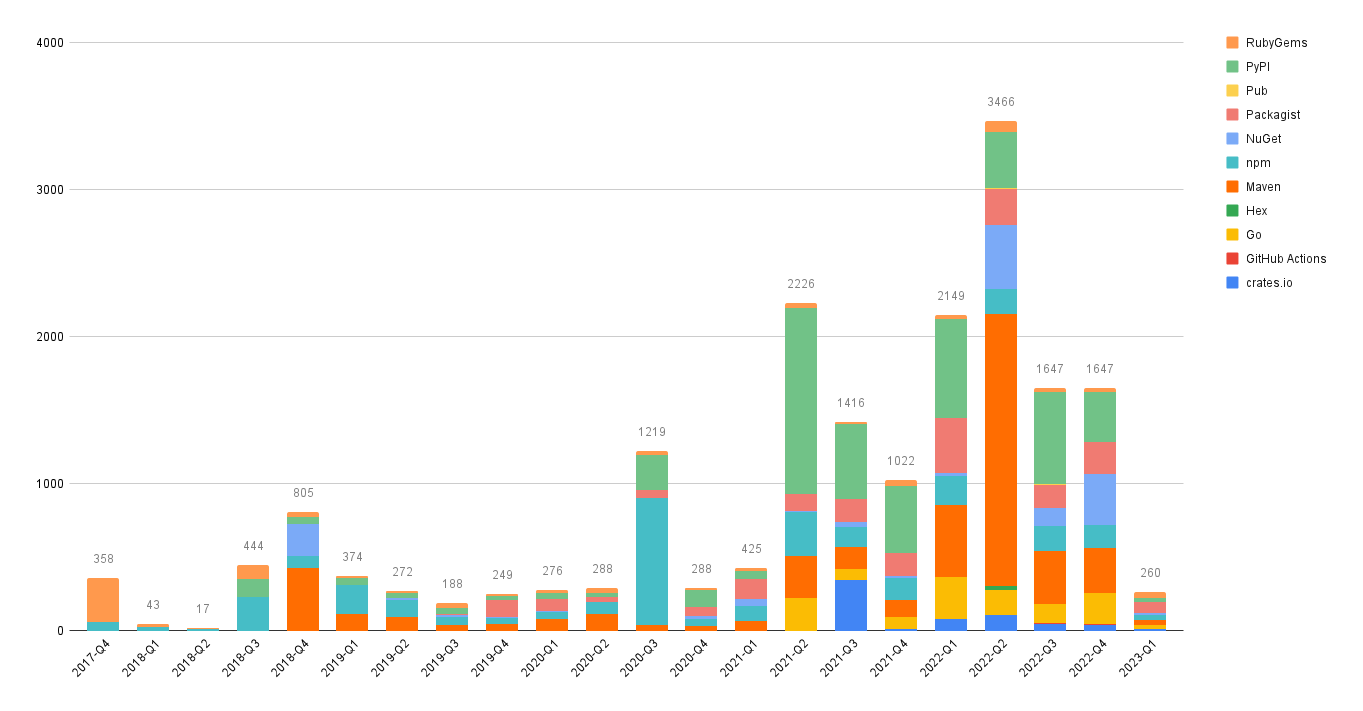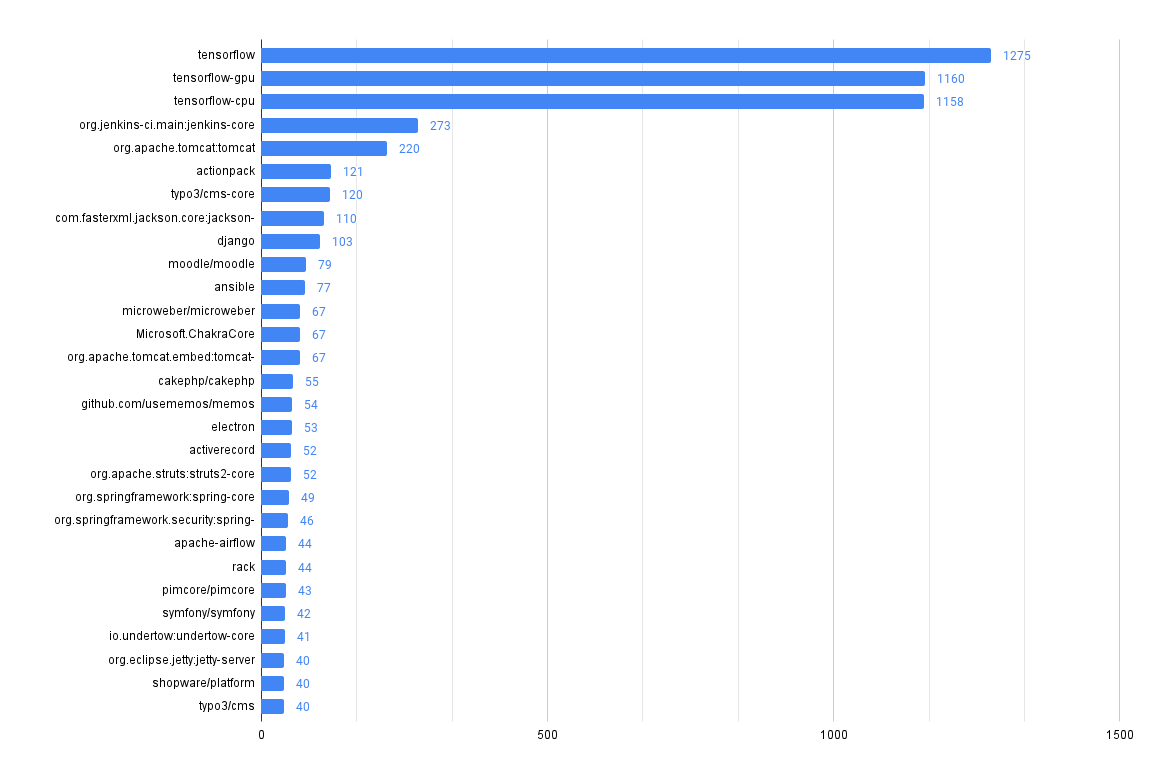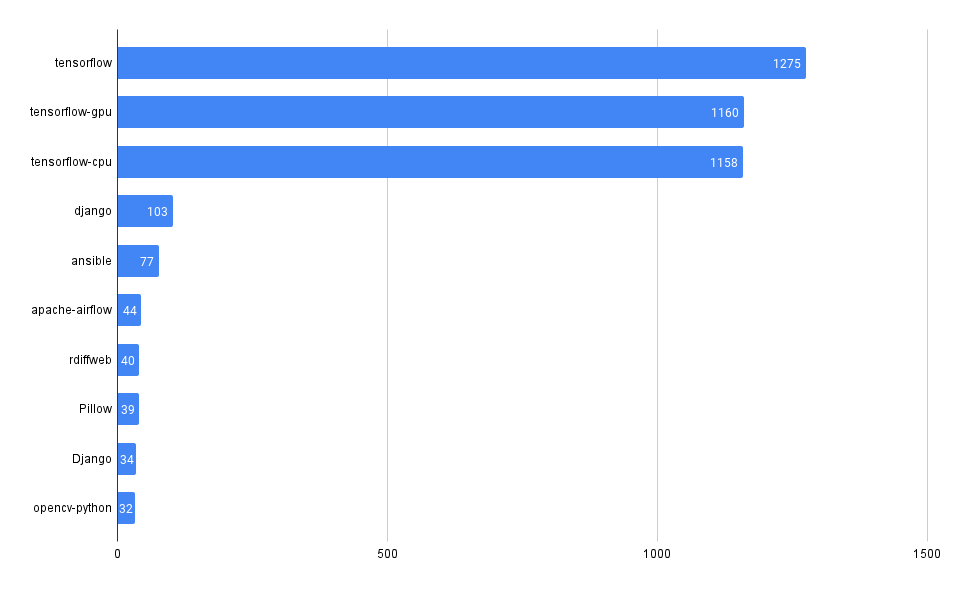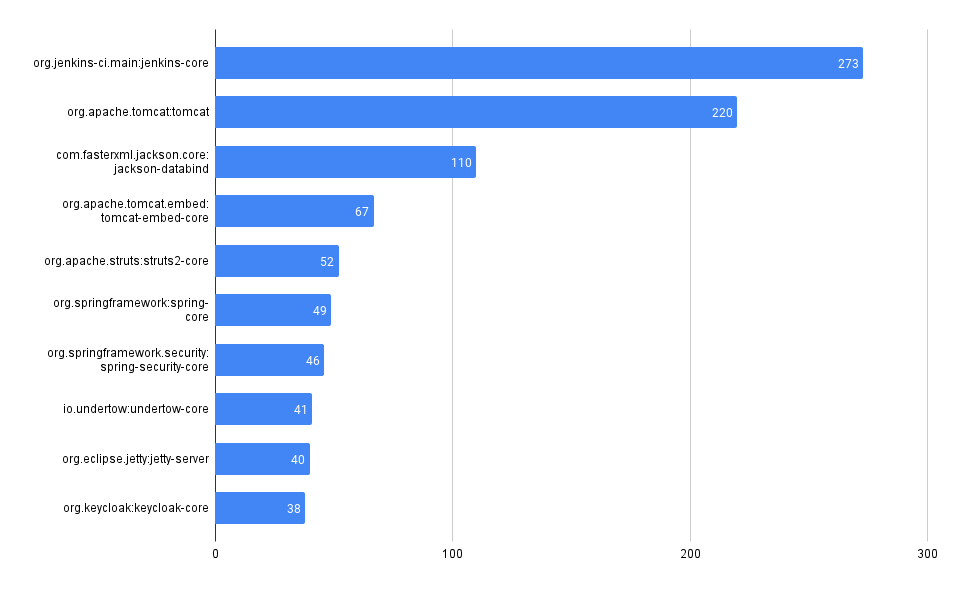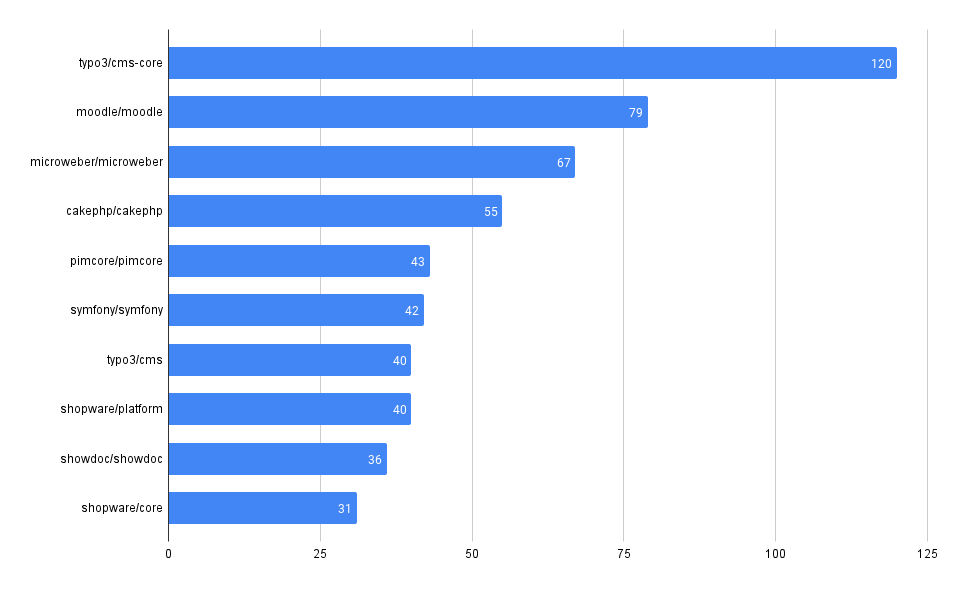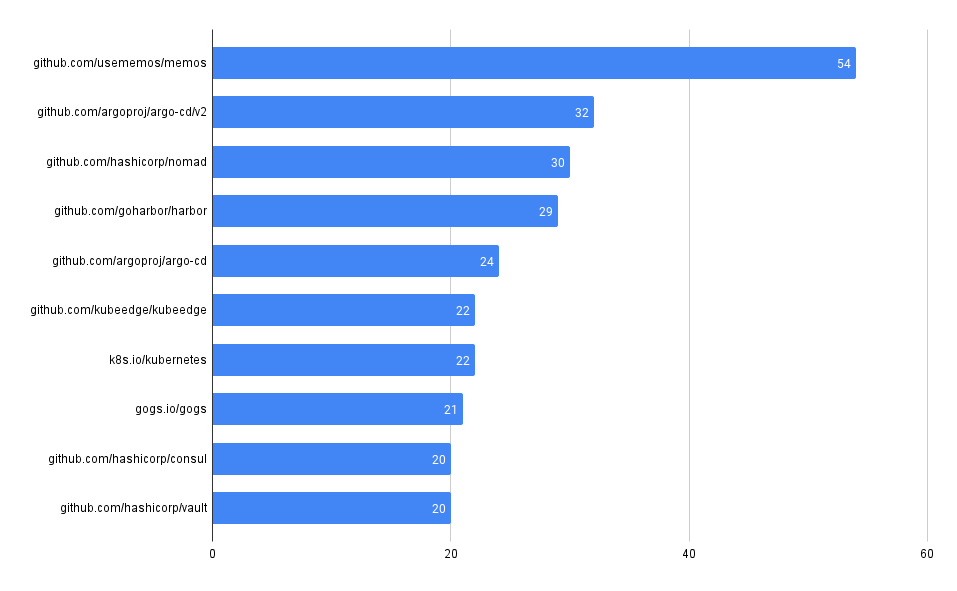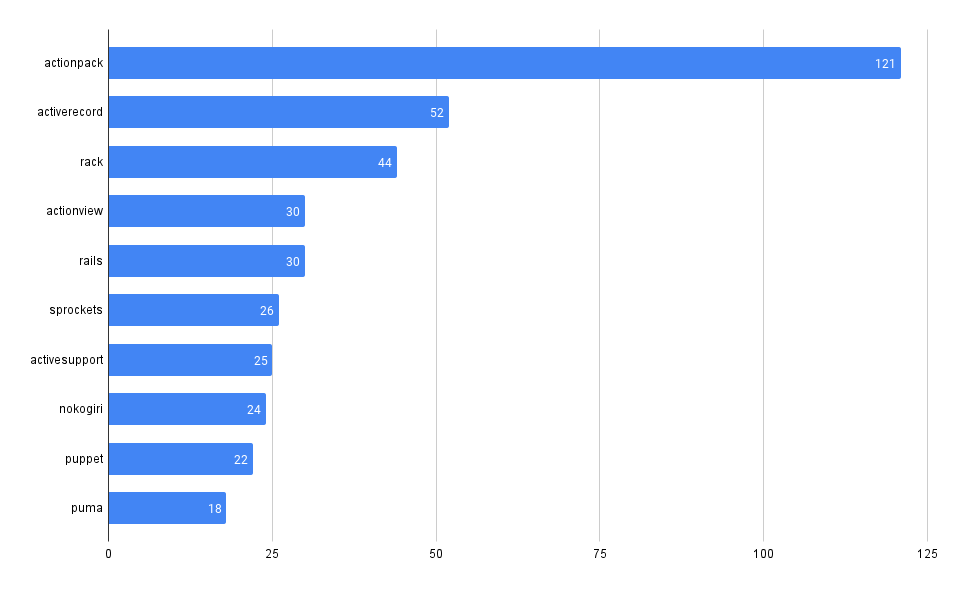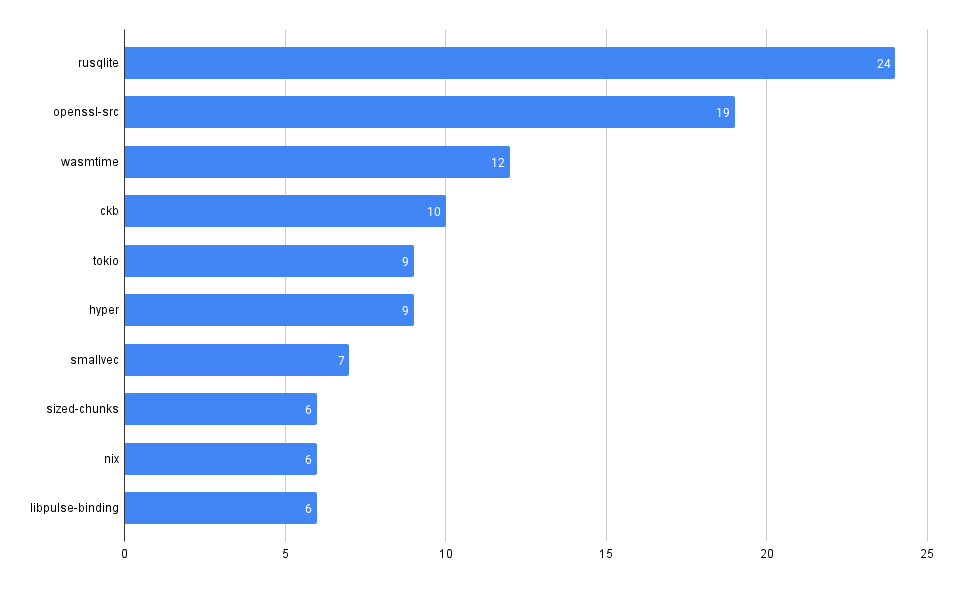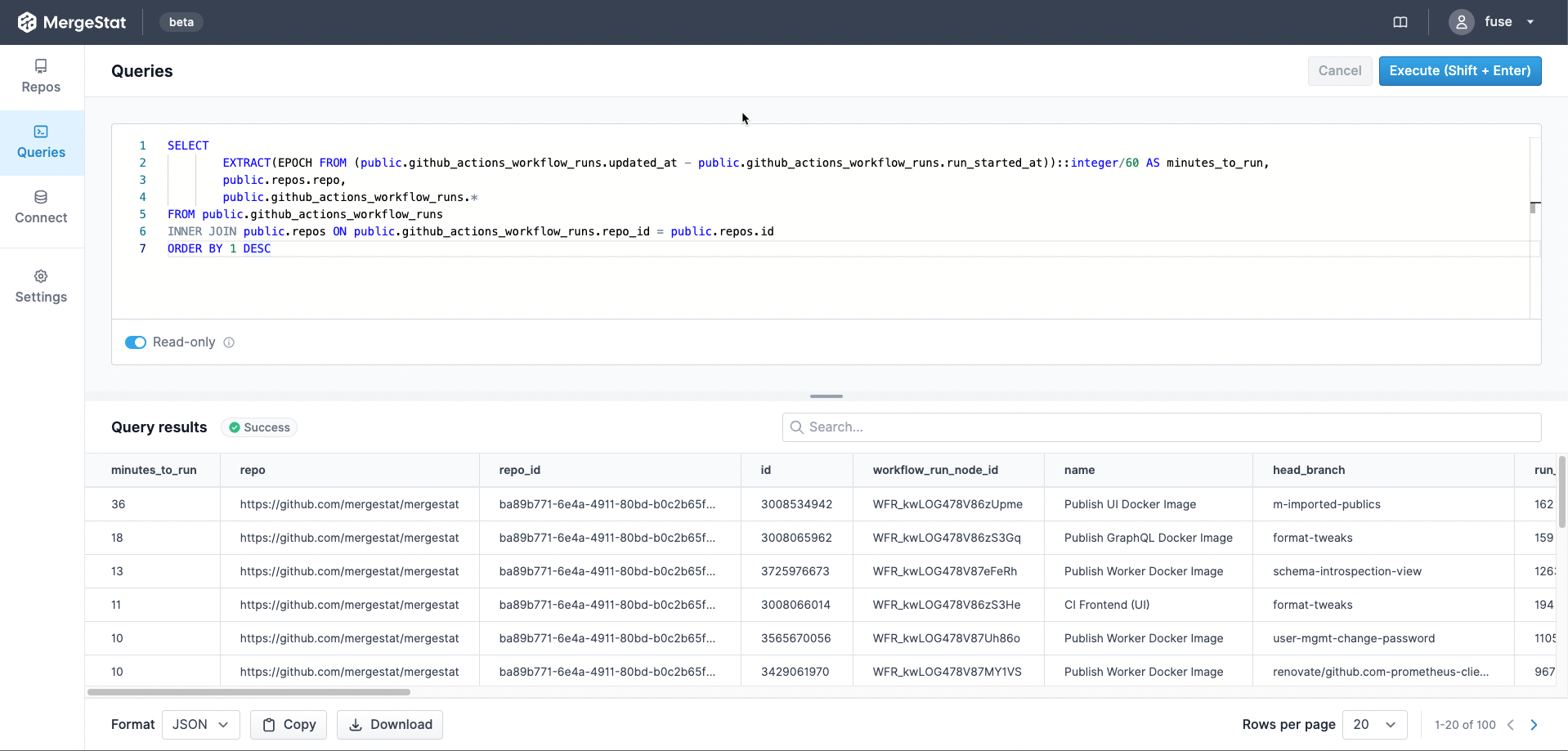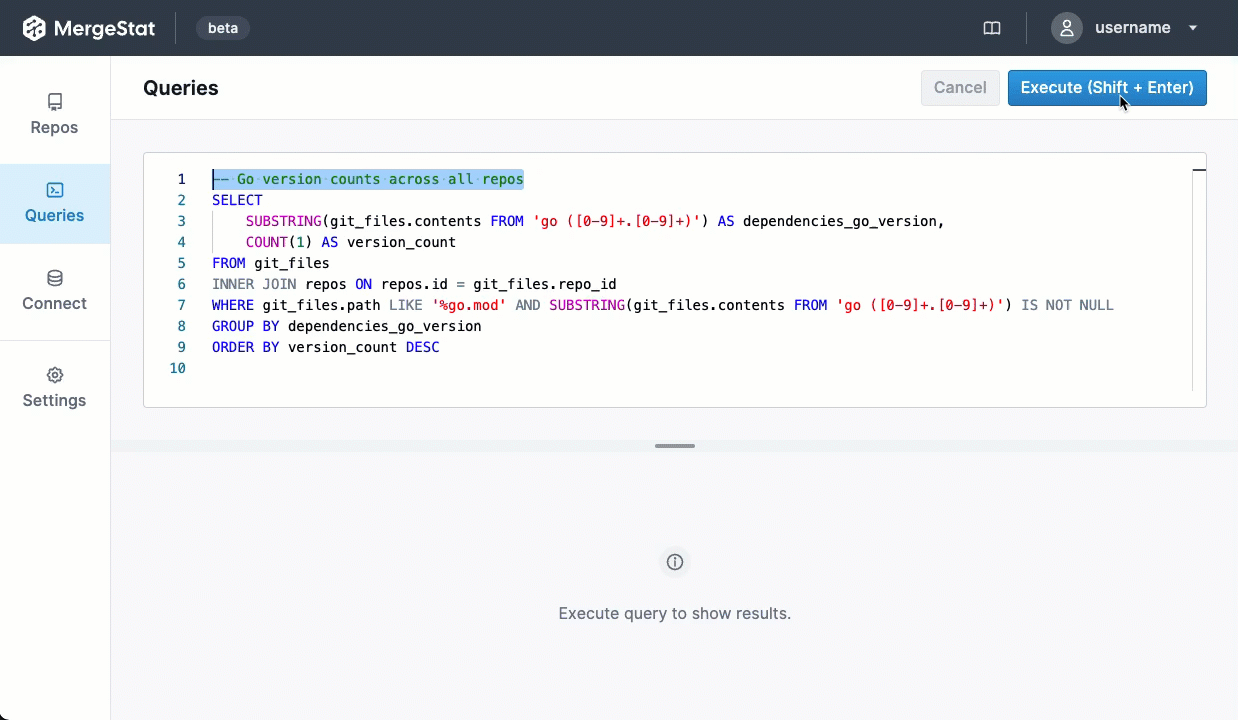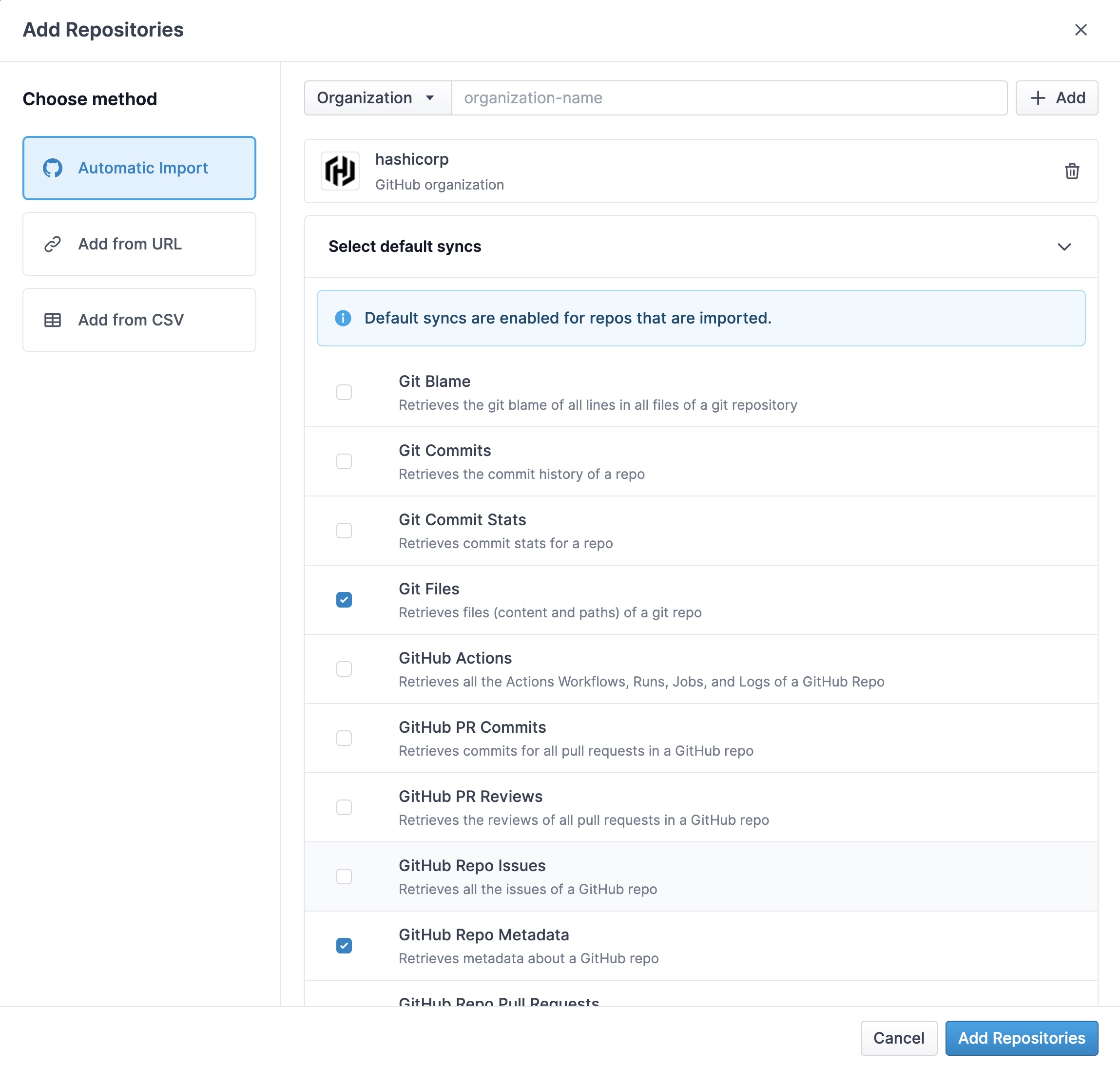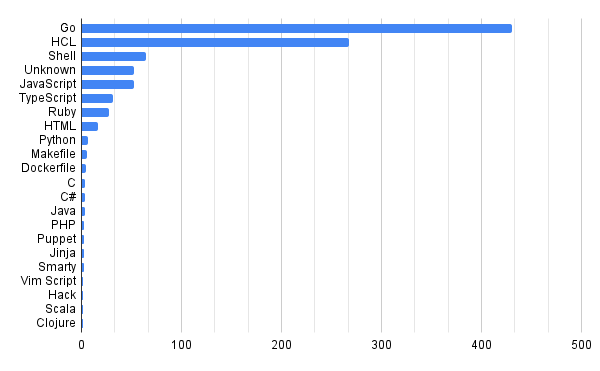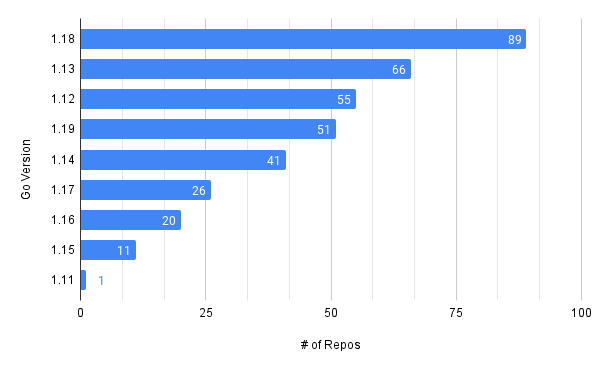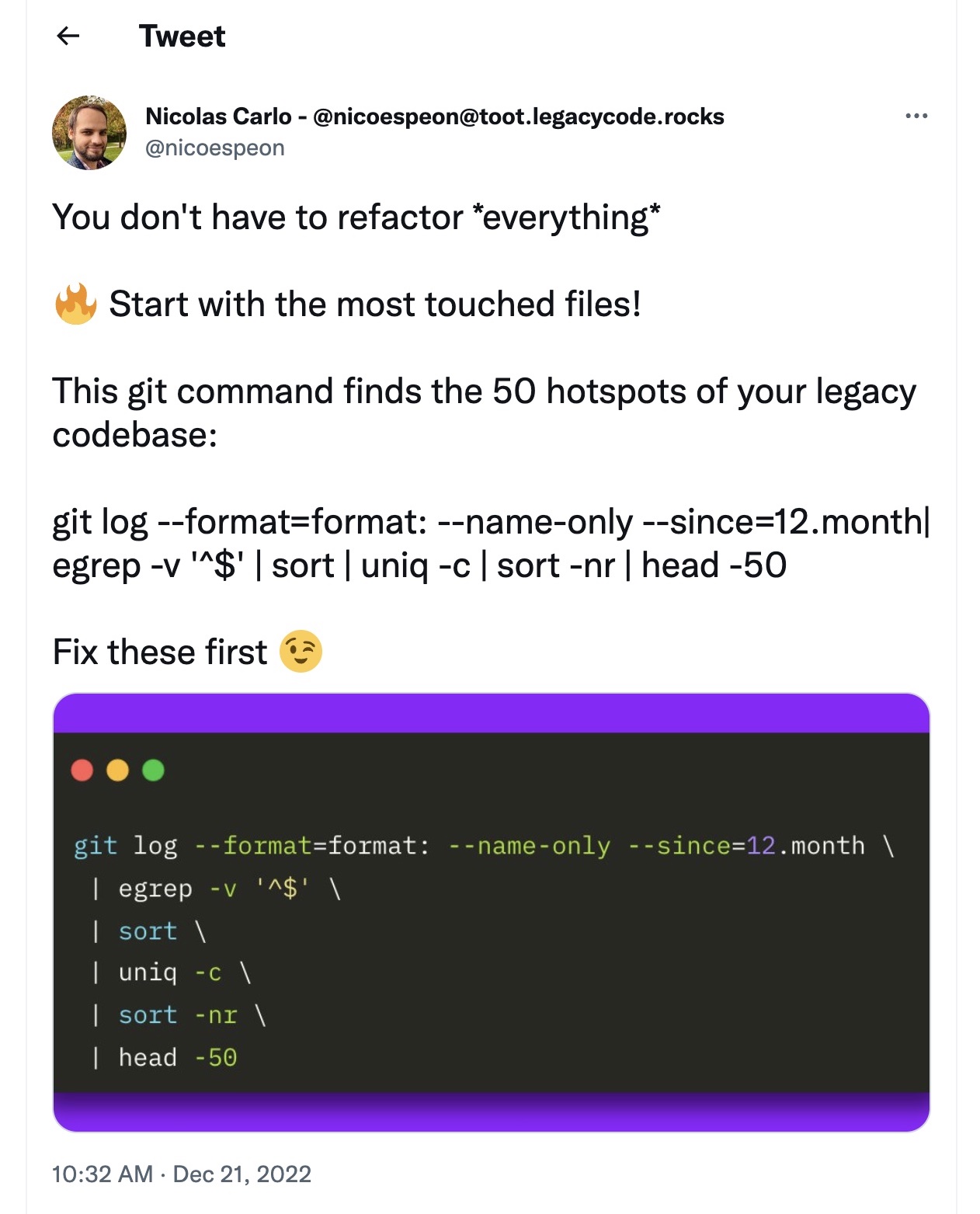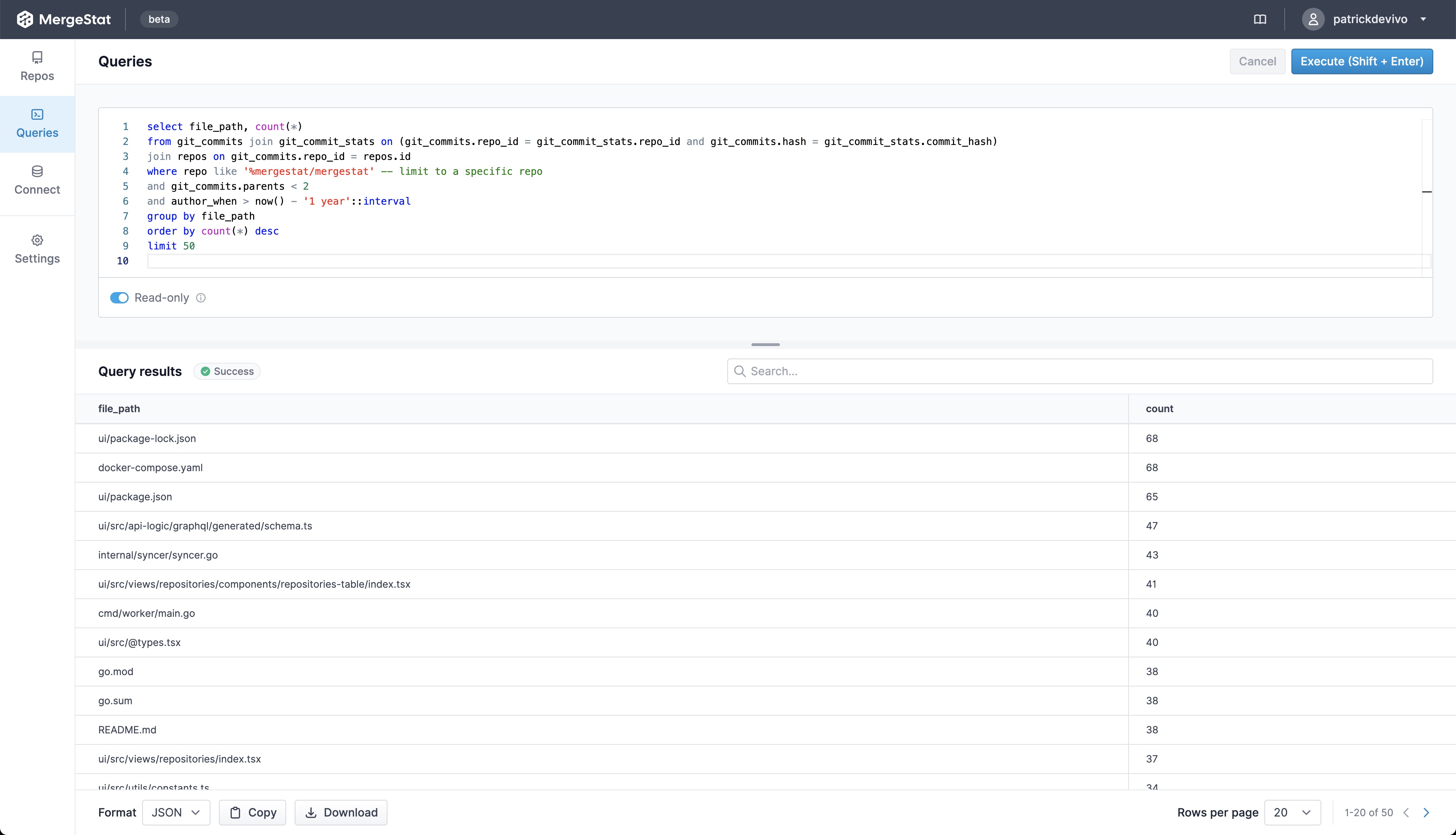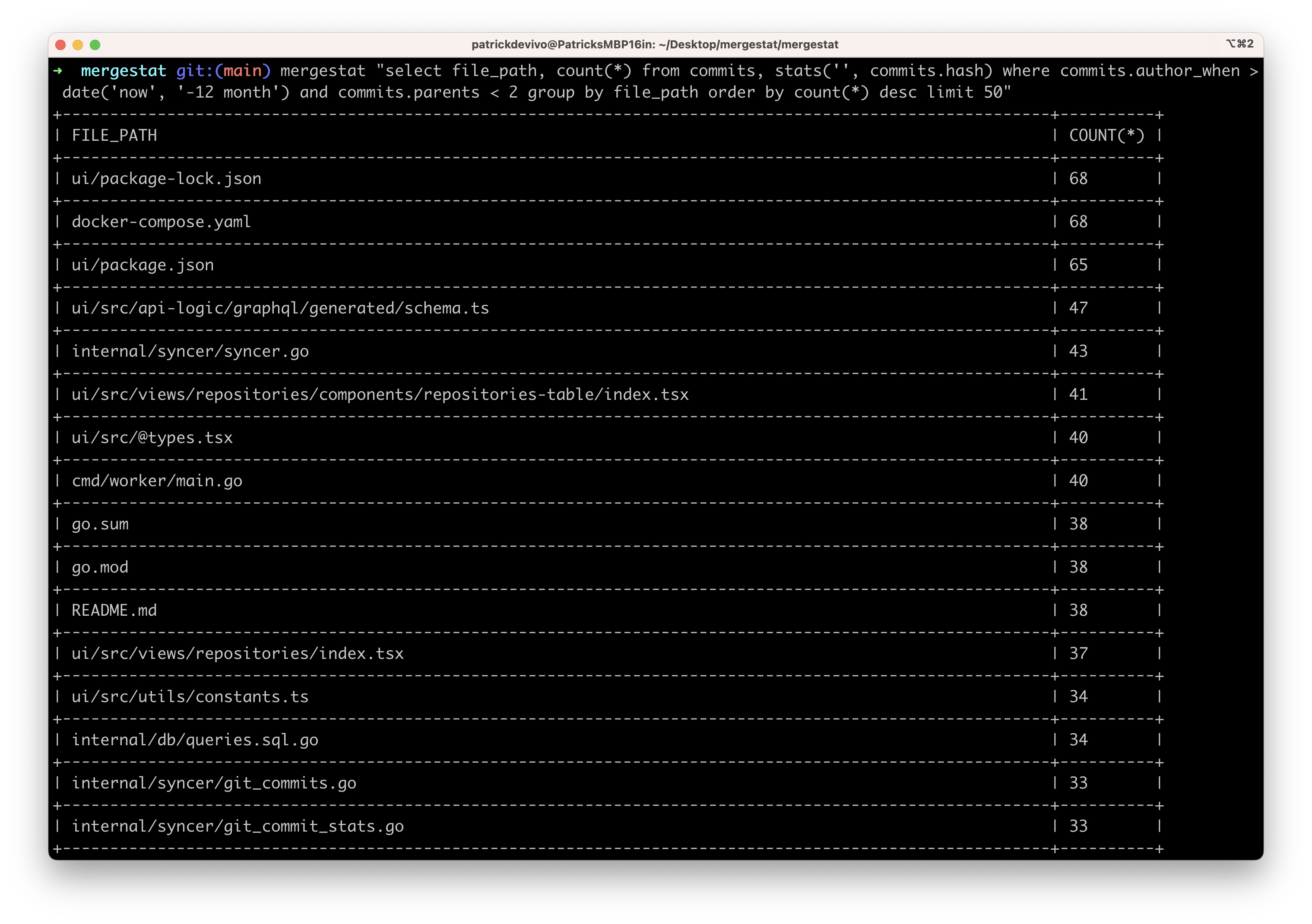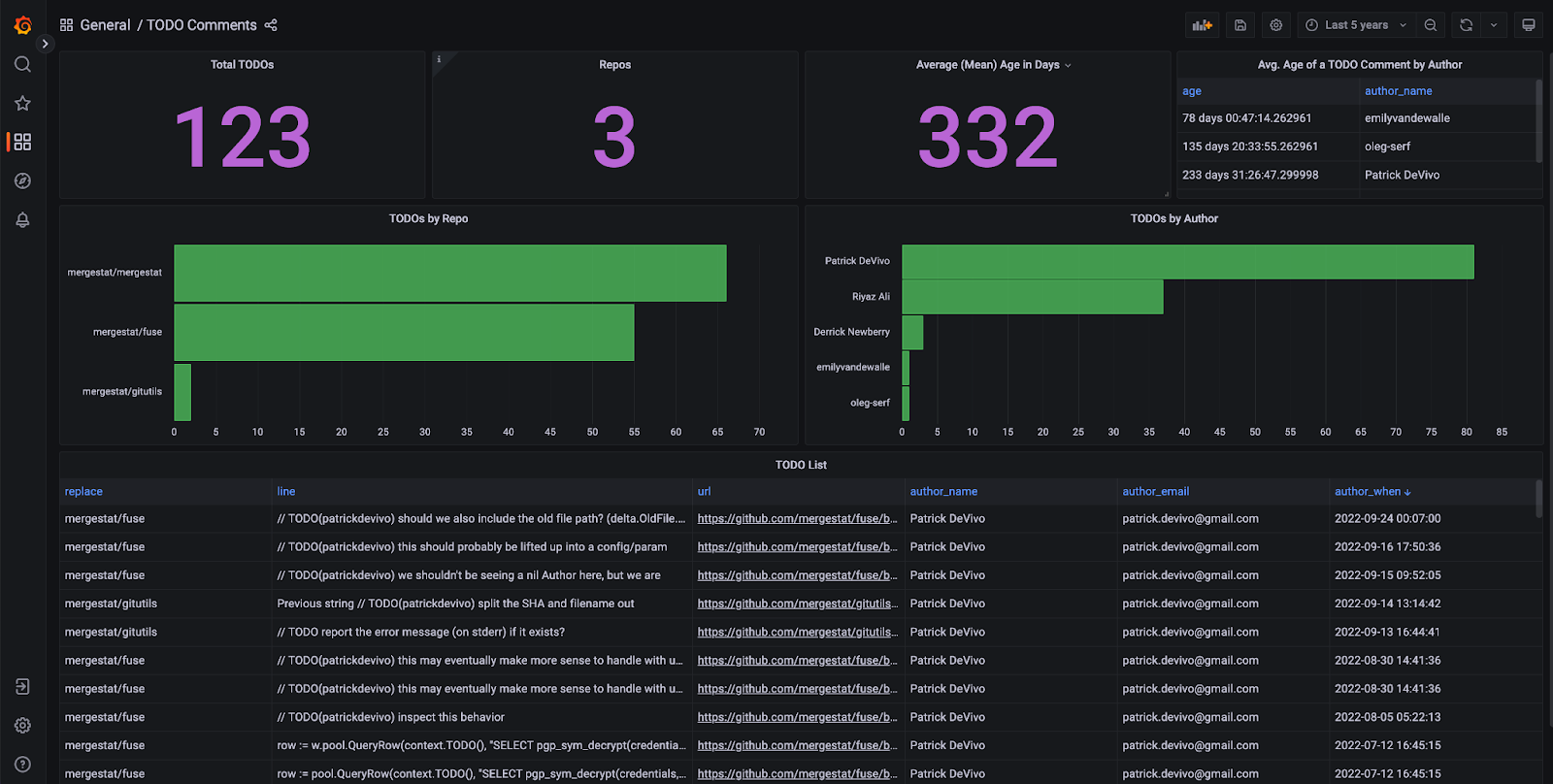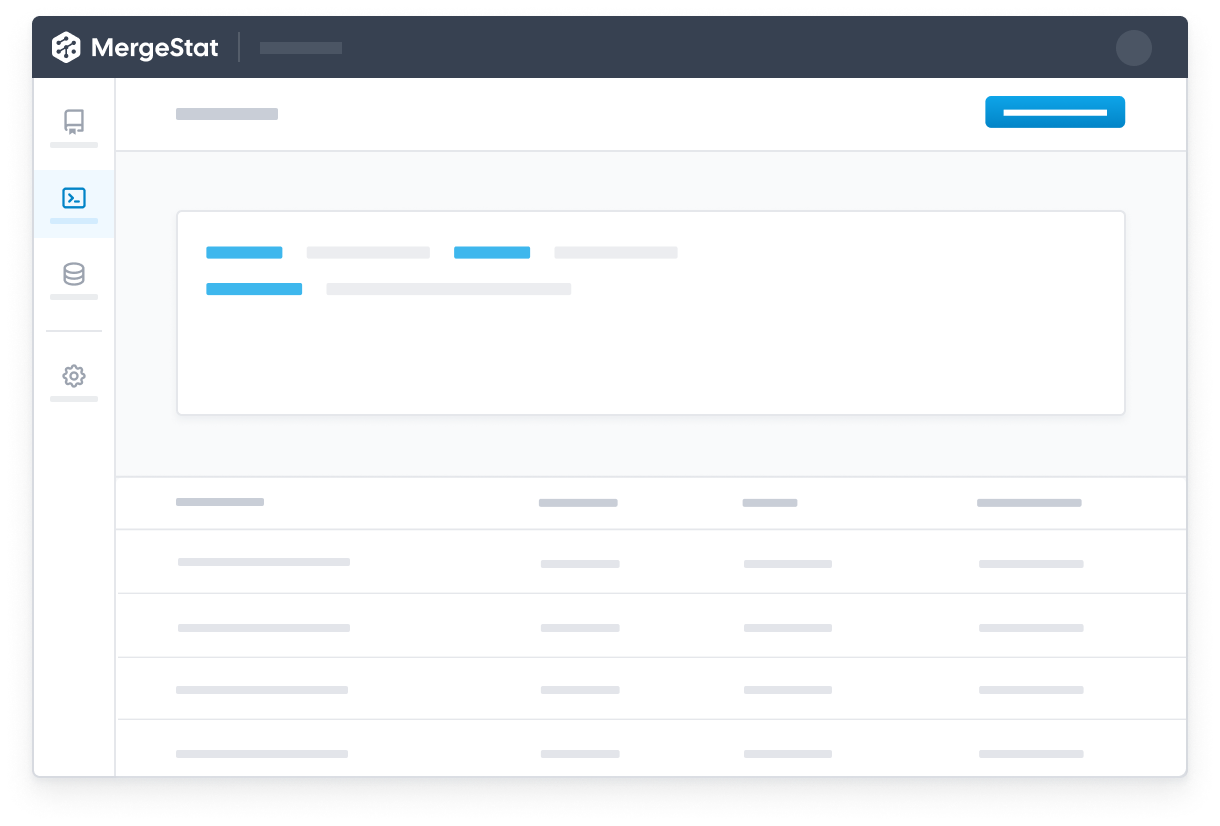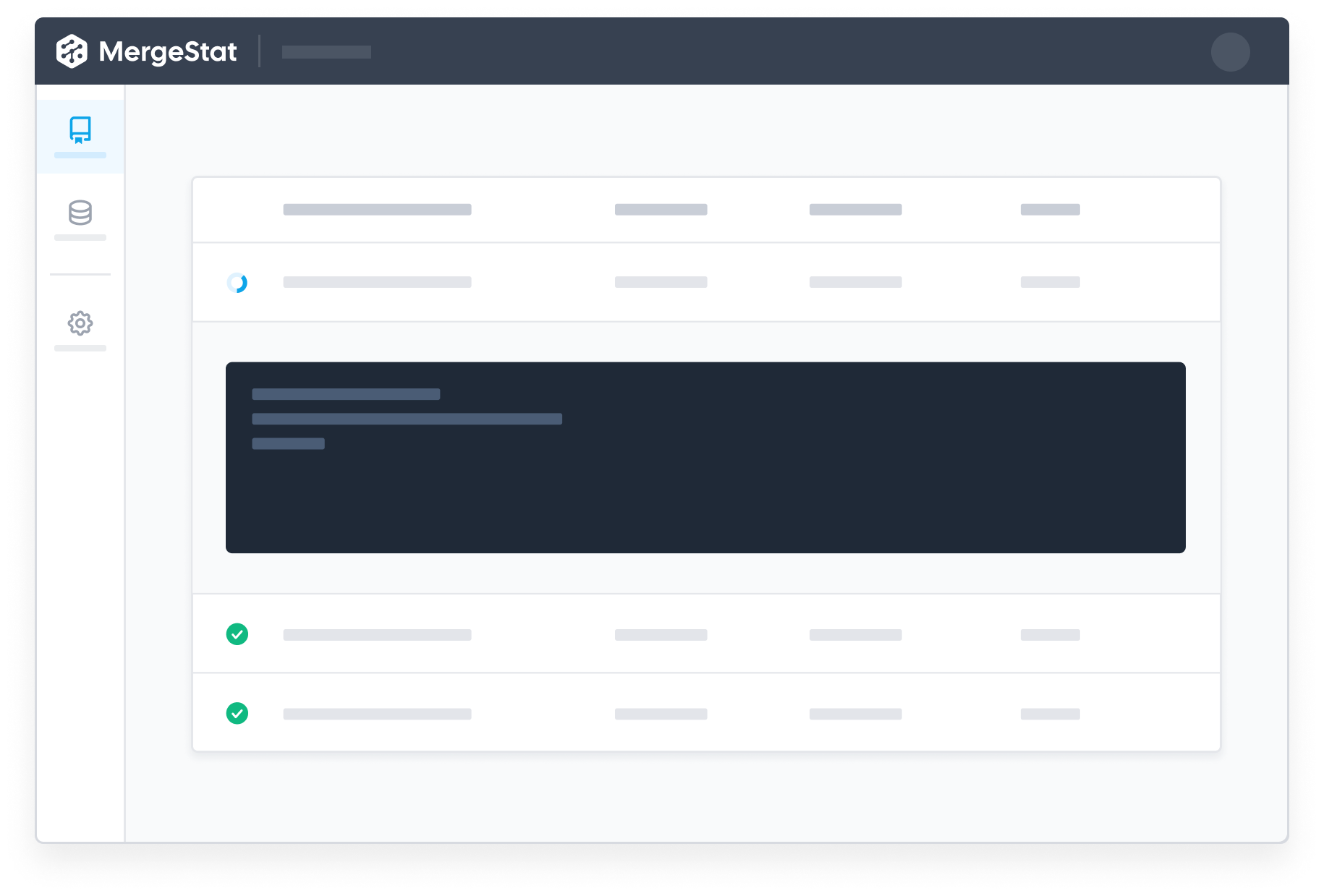MergeStat’s mission is to make it possible to query anything that’s involved in building and shipping software with SQL. One aspect of building and shipping software is the management of open-source security vulnerabilities in the “supply chain” of dependencies your code uses.
In this post, we’ll explore how MergeStat’s integration with code scanners Grype and Trivy allows us to put together an open-source solution for managing vulnerabilities across many Git repositories.
Setup
To get started, you'll want an instance of MergeStat (check out how to get started locally). Once you've added your Git repos, turn on the Grype and Trivy scanner syncs:
Runs of these syncs should begin populating the following views:
grype_repo_vulnerabilitiestrivy_repo_vulnerabilities
Where each row is a vulnerability detected in a repo by one of the tools.
Now, let's see how we can query these vulnerabilities to get a sense of where (what repos) we have the most vulnerabilities in, and what the severity make up looks like.
Total Vulnerability Count by Repo
These queries look at the total counts of vulnerabilities surfaced in each of the codebases in MergeStat.
-- Count of trivy vulnerabilities by repo
SELECT repo, count(*) FROM trivy_repo_vulnerabilities
JOIN repos ON trivy_repo_vulnerabilities.repo_id = repos.id
GROUP BY repo
ORDER BY count(*) DESC
-- Count of grype vulnerabilities by repo
SELECT repo, count(*) FROM grype_repo_vulnerabilities
JOIN repos ON grype_repo_vulnerabilities.repo_id = repos.id
GROUP BY repo
ORDER BY count(*) DESC
Vulnerability Count by Repo & Severity
These queries break out the count of vulnerabilities across codebase and severity.
-- Count of grype vulnerabilities by repo and severity
SELECT repo, severity, count(*) FROM grype_repo_vulnerabilities
JOIN repos ON grype_repo_vulnerabilities.repo_id = repos.id
GROUP BY repo, severity
ORDER BY count(*) DESC
-- Count of trivy vulnerabilities by repo and severity
SELECT repo, vulnerability_severity, count(*) FROM trivy_repo_vulnerabilities
JOIN repos ON trivy_repo_vulnerabilities.repo_id = repos.id
GROUP BY repo, vulnerability_severity
ORDER BY count(*) DESC
Vulnerability Count by Type
Look at the breakdown of vulnerability counts by "type" (package ecosystem).
Interestingly, Grype reports more npm vulnerabilities while Trivy reports more gomod vulnerabilities across our repos.
-- Count of trivy vulnerabilities by type
SELECT type, count(*) FROM trivy_repo_vulnerabilities
GROUP BY type
ORDER BY count(*) DESC
-- Count of grype vulnerabilities by type
SELECT type, count(*) FROM grype_repo_vulnerabilities
GROUP BY type
ORDER BY count(*) DESC
Most Common Vulnerabilities
Find which vulnerabilities you're most exposed to by surfacing the most commonly found ones (by CVE ID) in your codebases.
-- Count of trivy vulnerabilities by id
SELECT count(*) vulnerability_id, vulnerability_title, type FROM trivy_repo_vulnerabilities
GROUP BY vulnerability_id, vulnerability_title, type
ORDER BY count(*) DESC
-- Count of grype vulnerabilties by id
SELECT count(*), id, description, type FROM grype_repo_vulnerabilities
GROUP BY id, description, type
ORDER BY count(*) DESC
Additional Exploration
Hopefully these queries and screenshots give a sense of what's possible when it comes to understanding CVEs across your organization using MergeStat SQL. Some additional queries and explorations that could be interesting:
- Join CVE data with Git activity to order by the recency of commits in code (filter out abandoned codebases where the last commit was over a year ago)
- Determine if certain teams or projects do a better job at managing CVEs
- Alert when new
CRITICALvulnerabilities are detected using a direct SQL integration - Connect a BI tool directly to the MergeStat PostgreSQL instance to see vulnerability data in a single dashboard
If this you find this interesting and want to dig deeper on CVE data with us, hop in our community Slack! We're always happy to chat about MergeStat there 🎉.
Today, repo data sources are defined in the MergeStat code. We're working on support for a "bring your own" tool approach that would enable anyone to configure their own scanners or scripts in MergeStat.


